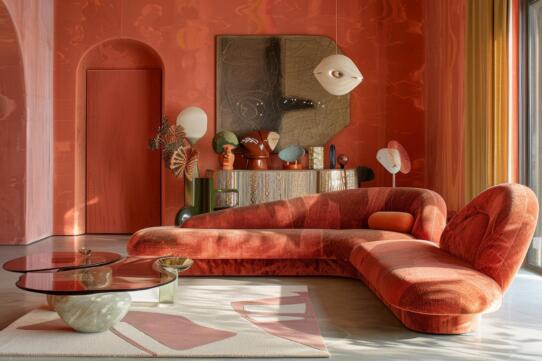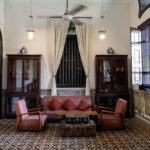Have you ever observed that certain decor styles remain timeless, despite the cyclical nature of trends? Styles such as Mid-Century Modern, Danish Modern, and Modernist are enduring examples of decor that seamlessly blends timeless elegance with modern functionality.
These aren’t just trends; they’re the go-to choices for anyone looking to create a space that feels both classic and contemporary.
In this article, we dive deep into what makes these designs everlasting, armed with fun facts and eye-opening statistics. For instance, did you know that Mid-Century Modern furniture has seen a staggering increase in online searches, growing by over 500% in the past five years?
Join us as we explore the enduring appeal of these beloved styles, which continue to capture our hearts and enhance our homes, promising to ignite your creativity and maybe even influence your next home project!
Why Mid-Century Modern Continues to Dominate Design Trends
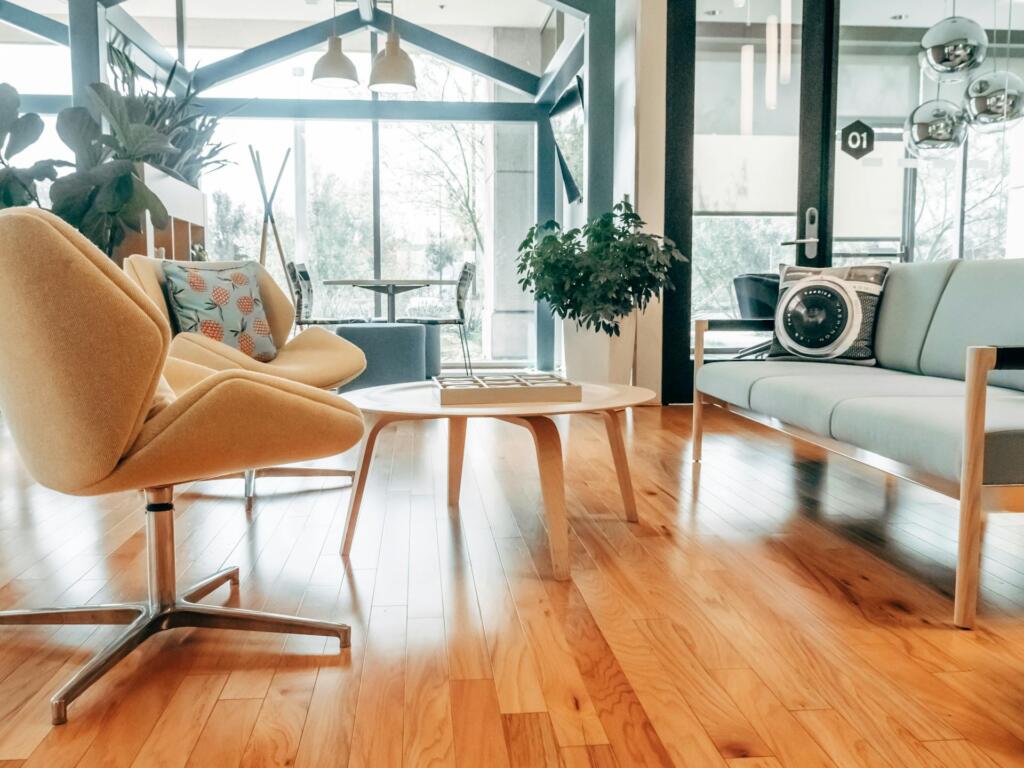
Mid-Century Modern decor has not only survived the changing tides of fashion but has thrived, becoming a mainstay in interior design. Market analysis reveals that this style has seen a resurgence in popularity every decade since its inception in the mid-20th century. Design elements like clean lines, organic forms, and minimal ornamentation appeal to a modern audience that values both form and function.
As you ponder how these design principles could be adapted to your living spaces, you might enjoy exploring our in-depth guide on Mid-Century Modern interior design characteristics, which offers valuable insights and tips.
Data from leading design magazines and online platforms show a consistent growth in searches for Mid-Century Modern pieces, particularly among millennials. The simplicity and versatility of this style make it compatible with various architectural designs, from classic homes to contemporary apartments, ensuring its place in future trends.
The Timeless Appeal of Danish Modern Furniture
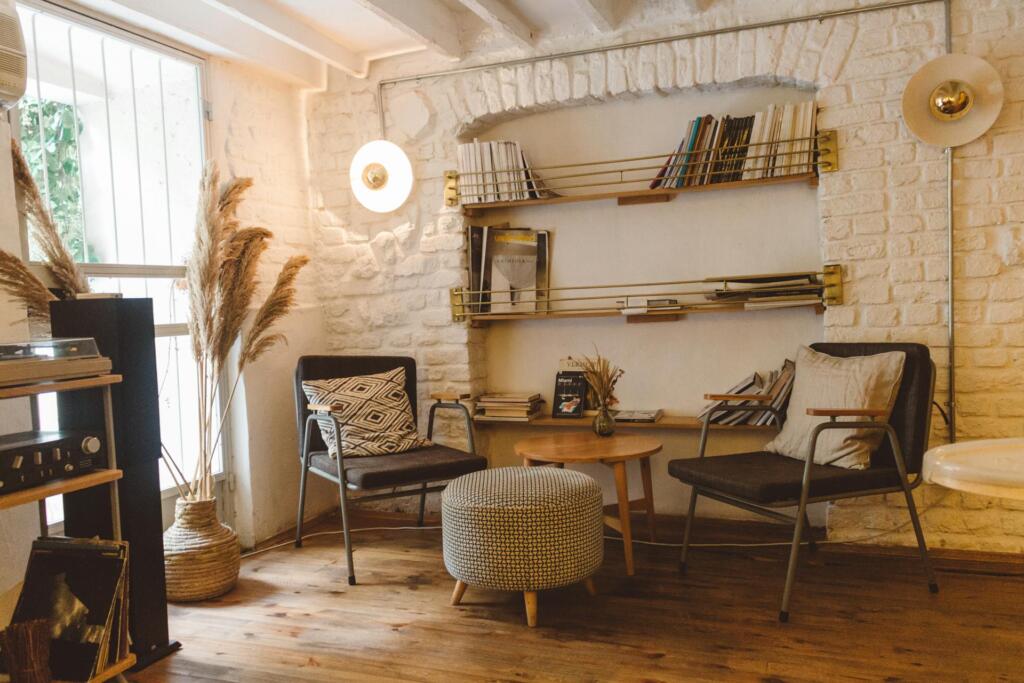
Danish Modern furniture, characterized by its simplicity, craftsmanship, and functionality, has a narrative that transcends time. It first gained popularity in America in the 1950s and has since remained a favorite for those looking to infuse a touch of elegance and practicality into their spaces. The design principles of Danish Modern—focusing on the human need for comfort and visual appeal—have ensured its place in homes worldwide.
Recent sales data shows that vintage Danish Modern pieces can fetch high prices at auction, reflecting their enduring value and appeal. The continuous demand highlights consumer preferences for designs that marry aesthetics with ergonomics, a hallmark of Danish craftsmanship.
The secret to its enduring appeal might lie in the stories attached to these pieces. Each item of Danish Modern furniture is not just functional but also a piece of art, often carrying rich histories of mid-century design innovation that captivate collectors and design enthusiasts alike.
Modernist Style: Beyond Aesthetics to Cultural Impact
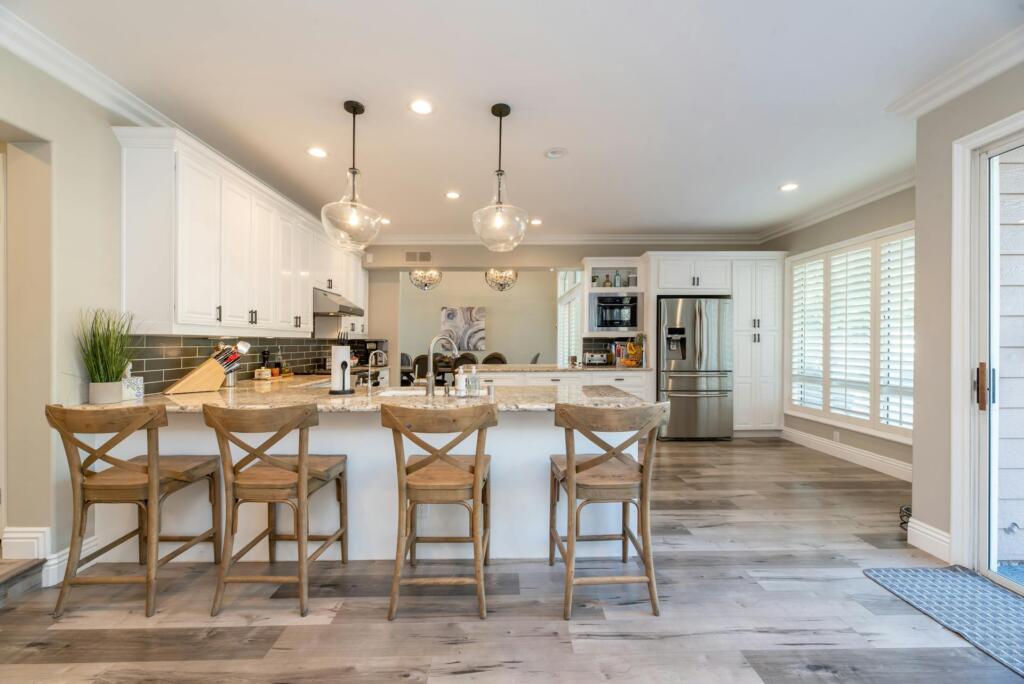
The impact of Modernist design extends beyond its aesthetic value; it has shaped how we live in and interact with our spaces. This style emerged as a revolutionary force, advocating for a rational, efficient, and accessible approach to design. It stripped away the excess and focused on the essence of functionality, which resonated deeply during the post-war era and continues to influence contemporary design.
Statistical reviews of architectural and design publications indicate that Modernist principles are increasingly applied in sustainable architecture, highlighting their relevance in current global challenges. The philosophy of ‘less is more’ promotes a lifestyle that is increasingly desirable in our resource-conscious world.
Culturally, Modernist design has been pivotal in shaping the narrative of modern urban lifestyles. It is not only prevalent in our homes but also in public spaces, making it a fundamental part of the visual and functional landscape of cities around the world.
Decoding the Longevity of Classic Decor Elements
What makes a decor element classic? This question often surfaces among interior designers and homeowners alike. Classic elements, whether they be an Eames chair or a Shaker table, have certain characteristics in common: timeless aesthetic, superior quality, and unparalleled comfort.
Consumer surveys reveal that people continue to invest in classic decor because these pieces offer a sense of stability and style continuity in fast-changing interior trends. The reliability of classic designs is supported by their historical success and adaptability to various living environments.
Furthermore, these elements often serve as focal points in a room, bringing together various design components into a cohesive whole. Their ability to blend with different styles and eras adds to their appeal, making them wise investments for both new homeowners and vintage enthusiasts.
How Investment in Timeless Decor Pays Off
Investing in timeless decor is not just a matter of aesthetics but also of economics. Furniture pieces that are timeless in style tend to retain or even increase in value over time. Market analysis shows that mid-century pieces, in particular, have seen an increase in resale value of up to 70% over the past decade.
This trend is driven by the growing awareness and appreciation of sustainable purchasing practices. Consumers are increasingly looking to buy pieces that will last a lifetime, both in style and in durability. This shift is reflected in the rising popularity of vintage furniture markets and online platforms dedicated to the resale of classic pieces.
In addition to financial returns, investing in timeless decor can lead to significant environmental benefits. By choosing furniture that does not need to be replaced frequently, consumers contribute to reducing waste and conserving resources, aligning their home aesthetics with their values of sustainability and responsibility.
Personal Journey with Mid-Century Modern Aesthetics
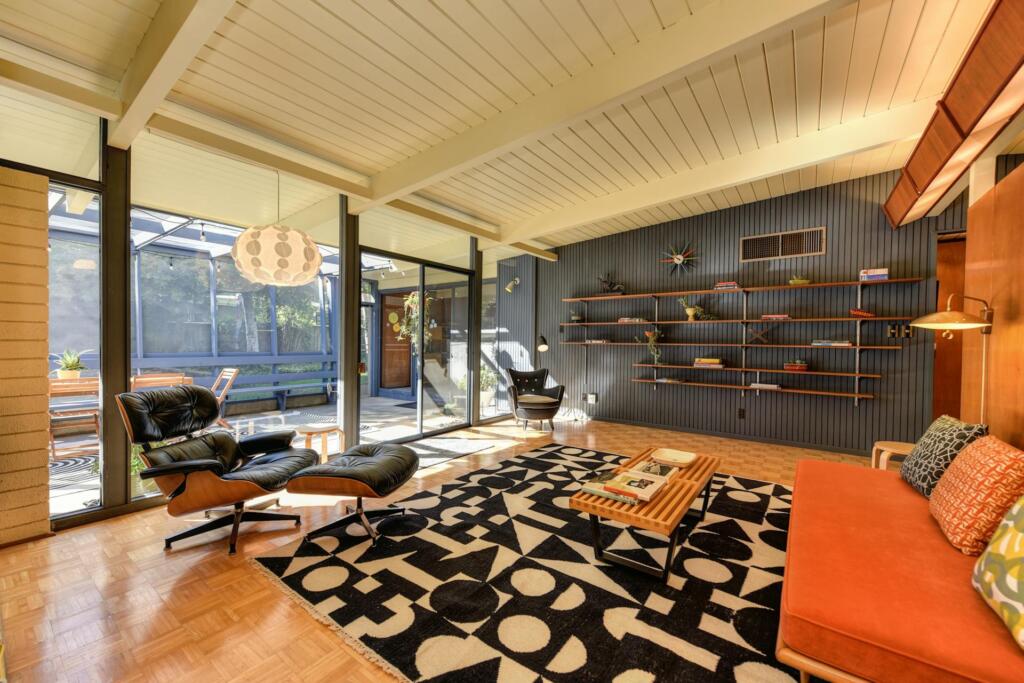
My personal journey with Mid-Century Modern aesthetics began when I inherited a set of Eames chairs from my grandparents. These pieces, with their clean lines and functional design, not only transformed the look of my living room but also sparked my interest in the history and philosophy behind Mid-Century Modern design.
Over the years, I have come to appreciate the way these pieces complement almost any decor style. Their versatility has allowed me to experiment with various color schemes and accessories, making each setup feel fresh and new. This personal experience has deepened my understanding of why Mid-Century Modern design is more than just a trend; it is a way of living.
Sharing this journey with others has been incredibly rewarding. Whether through blog posts, social media, or casual conversations, connecting with fellow enthusiasts has expanded my appreciation for other design styles and influenced my decor choices. This community aspect has been an unexpected and enriching part of my decor journey.
Rediscovering Danish Modern Through Travel and Culture
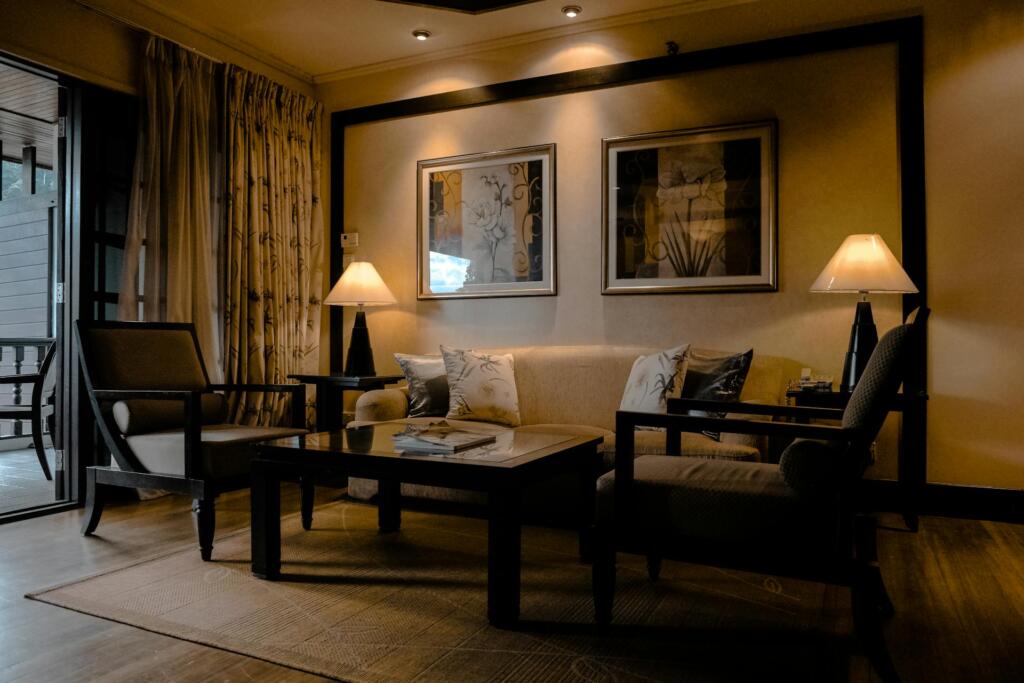
My fascination with Danish Modern design was reignited during a trip to Copenhagen. Walking through the city, I was struck by the seamless integration of this style into both public spaces and private homes. The experience highlighted the cultural importance of design in everyday Danish life and its influence on functionality and aesthetics in urban settings.
Visiting local design museums and workshops, I learned about the craftsmanship behind iconic pieces like the Wegner chair and the Jacobsen Egg Chair. These experiences gave me a profound respect for the meticulous attention to detail and the philosophy of human-centered design that defines Danish Modern.
Back home, I began incorporating elements of Danish Modern into my own space. Each piece not only added beauty and function but also carried memories of my travels and a deeper connection to a culture that values design as an integral part of life.
Lessons Learned from Living with Modernist Designs
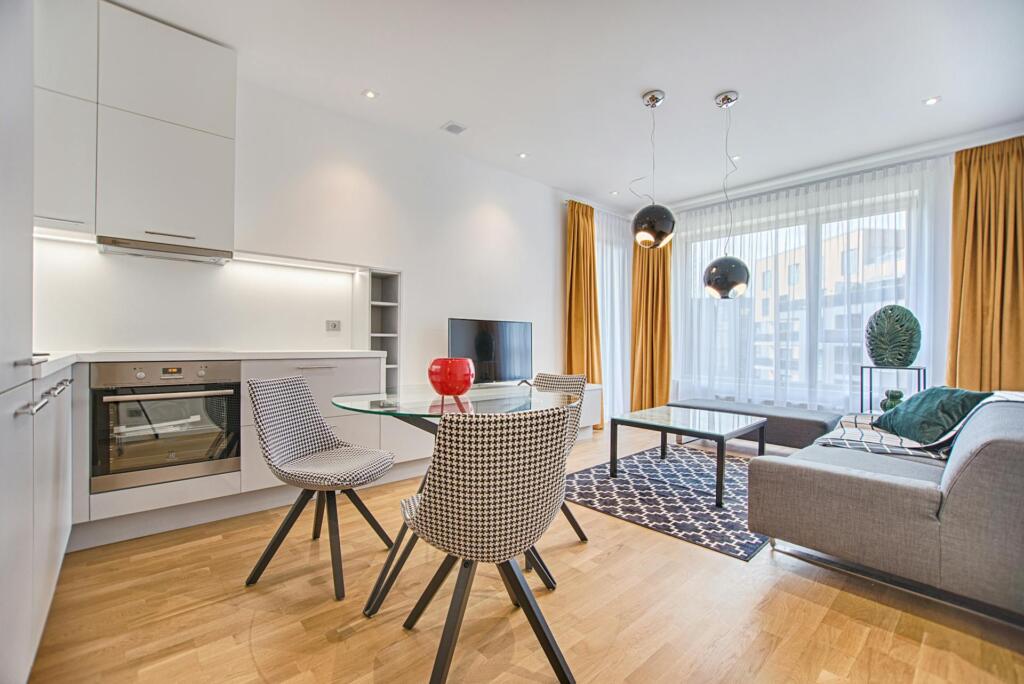
Living with Modernist designs has taught me the importance of form following function. This principle has influenced not only my choices in furniture but also how I organize and utilize space in my home. The clean lines and uncluttered surfaces advocated by Modernist style have encouraged a more deliberate and thoughtful approach to living.
One of the challenges has been maintaining the pristine condition of these designs. Modernist pieces require careful maintenance to preserve their aesthetic and structural integrity. However, the effort is worthwhile, as these pieces foster an environment of calm and order.
Moreover, living with Modernist designs has heightened my appreciation for the art of simplicity in design. It has taught me that beauty and functionality are not mutually exclusive but are, in fact, complementary. This understanding has been instrumental in shaping my approach to decor and daily living.
Transforming Spaces with Iconic Decor Pieces
One of the most dramatic transformations in my home involved the strategic placement of a Noguchi coffee table. This single piece became the centerpiece of my living room, around which all other elements revolved. Its simple yet striking design not only enhanced the aesthetic appeal of the space but also improved its functionality, providing a focal point that naturally gathered people together.
The process of selecting and placing iconic decor pieces has been a creative journey. It involves considering not only the physical space but also the atmosphere I want to create. Each piece, with its own history and character, contributes to the narrative of my home.
This transformative power of iconic decor pieces is not just about aesthetics but also about the ability to evoke feelings and memories. Whether it’s a lamp inherited from a family member or a chair acquired at an antique store, each item adds a unique layer to the overall ambiance of my home.
The Philosophy Behind My Timeless Style Choices
My philosophy behind choosing timeless styles stems from a desire to create a sustainable and meaningful environment. Furniture is chosen for its durability and adaptability, not just its immediate appeal. This approach has not only shaped my personal spaces but also influenced my professional recommendations as an interior designer.
Adopting this philosophy has led to a deeper appreciation for materials, craftsmanship, and the stories behind each piece. It encourages a connection to objects that go beyond their functional purpose and into the realm of personal heritage and legacy.
Ultimately, the decision to invest in timeless decor is a reflection of my values. It represents a commitment to quality over quantity, sustainability over disposability, and lasting style over fleeting trends. This mindset has not only enriched my living environment but also provided a guiding principle for my life and work.
Keeping It Classic in Home Design
After exploring the never-ending charm of Mid-Century Modern, Danish Modern, and Modernist decor, it’s obvious why these styles are more than just a passing fad. They provide a solid base that’s not only visually appealing but also practical and versatile.
By choosing these timeless designs, we’re not just making our spaces look good—we’re making smart investments that will last and adapt through time. With a blend of surprising stats and stories from people who live with these styles, we’ve seen how classic decor can elevate our everyday living. Let’s keep the legacy alive by choosing decor that will look great and function beautifully for years to come.
